(copie 1)
International conferences
Still on the subject of digital technology and Big Data, we should point out that the GRETTIA laboratory (COSYS) organised a special session at the ESANN'2017 conference on Artificial Intelligence (AI) and massive urban data. In the field of innovative methods combined with new technologies, the ESTAS laboratory (COSYS) organised the international conference on rail transport RailLille2017. IFSTTAR's involvement in the organisation of these international events enhances its profile.
ESANN’2017
As part of this international conference, GRETTIA laboratory (COSYS) organised a special session entitled "Processing, mining and visualizing massive urban data". This session was devoted to the visualization and processing of large volumes of data in order to develop decision support tools for mobility services and, more broadly, in relation to the city of tomorrow. The conference brought together participants from the academic and industrial sectors to interact and present the latest advances in methodology and applications in the field of Data Analytics.
RailLille2017 Conference
2017 was memorable for the organisation of a major international event by the ESTAS laboratory (COSYS): the "RailLille 2017" conference which was held from 4 to 7 April . This was the 7th edition of the IAROR (International Association of Railway Operations Research). This association brings together the academic and professional expertise in railway research. It promotes innovative methods (theoretical approaches and technological development) which increase the flexibility, performance and punctuality of the rail system.
The conference was attended by a record 212 participants from 21 countries. The majority (61%) of the participants were from academia, but there were also many representatives from transport operators (25%) and consultancies (13%).
Various topics were addressed in lectures given by invited speakers. These included capacity assessment, line planning, the optimisation and robustness of schedules or train movements, operational traffic management, and taking passengers into account in the design of transport plans, etc. The lectures attracted nearly 70 participants.
An ESTAS laboratory paper on the optimisation of traffic planning during track maintenance works was awarded first place among the best ten that were presented. The papers in question were published in the journal Computers & Operations Research.
FUI AWARE project: cameras to provide better all-weather visibility
The automotive industry has not been left behind in the quest for automation. This involves various phases of technological development in the context of increasingly sophisticated delegated driving systems. The FUI AWARE project aims to guarantee all-weather road visibility by means of increasingly effective sensors. The road and air transport modes are tackling the same problem, which is, by 2018-2019, to have aid systems capable of perceiving the environment and detecting all local movements, whether of moving objects or vulnerable users. This detection must work under all weather conditions, especially in so-called degraded situations such as at night, or in fog, snow or rain. A survey of present-day ADAS (Advanced Driver Assist Systems) shows that technological solutions based on visible light cameras, radar or lidar meet the functional need for detection under favourable conditions, chiefly during the day. Under degraded conditions, these solutions have some limitations and provide less reliable detection. However, reliability is essential for safety.
The benefits of combining a colour camera and an infrared thermal camera to better detect obstacles (vehicles, pedestrians or animals) in poor weather have been demonstrated, thanks to several series of video captures made under various conditions, in the CEREMA Clermont-Ferrand fog tunnel at Col de la Fageole, and on open roads in Île-de-France. Data from video synthesis has also been used. Different types of video stream processing developed for visible light and that are useful in driving aids have been evaluated and in some cases modified by different project partners so they can process thermal infrared images.
A patent for the work carried out by the LEPSIS laboratory (COSYS) within the framework of the project is under consideration.
The autonomous vehicle, whether for the transport of people or goods, will evolve in the coming years and lead to new forms of mobility: autonomous mobility.
The large number of industrial, economic, societal, environmental and ethical challenges associated with the development and deployment of automated mobility, the fact that we must face all these challenges simultaneously and the fact that they have an impact on the daily lives of individuals, the strategies of businesses, the equilibrium of areas and governance issues, prompt us to take an interest in this issue as of now and define rules to ensure that the rights and safety of transport users are respected. This is the objective of the future-oriented workshop on automated mobility led by DGITM's Intelligent Transport Team.
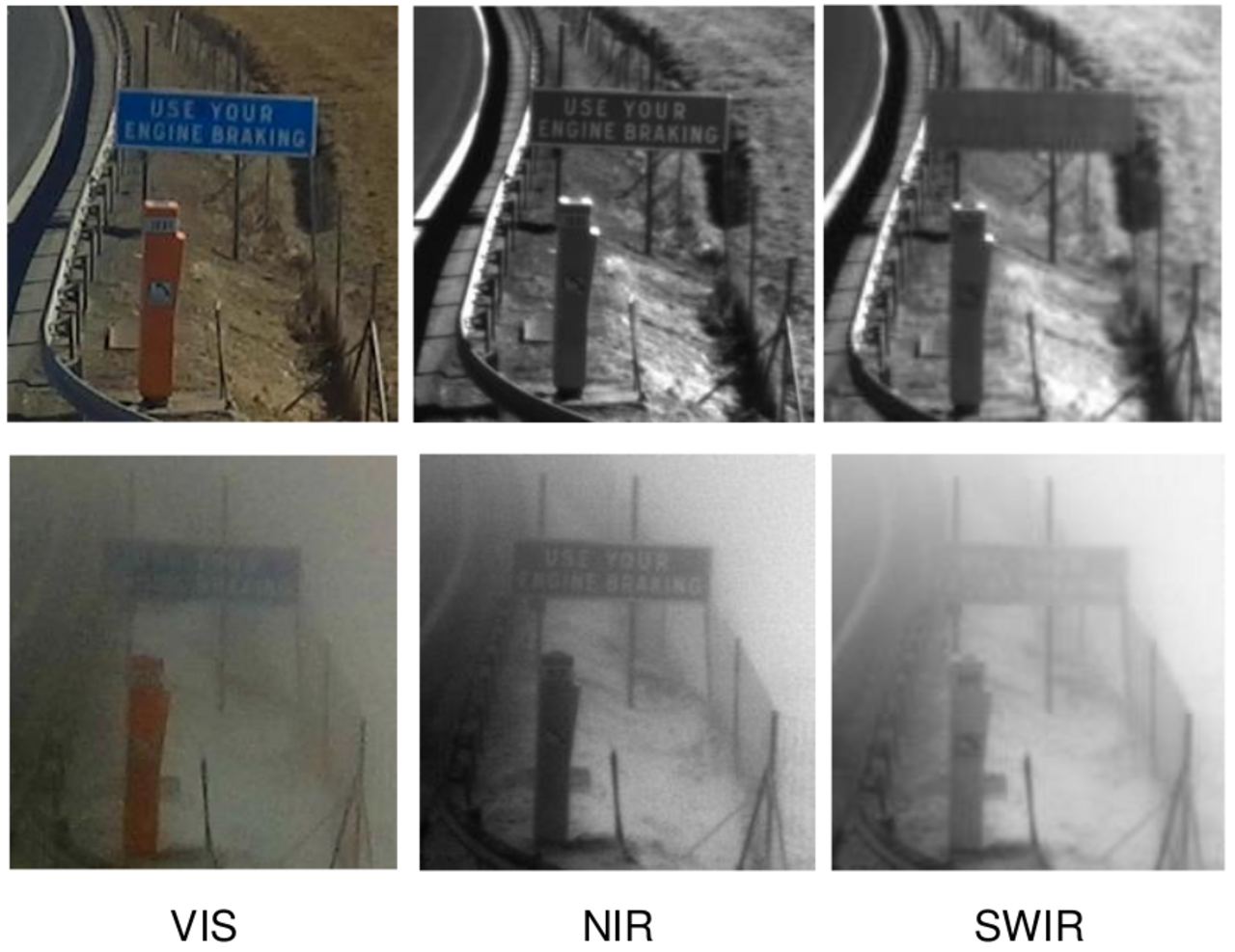
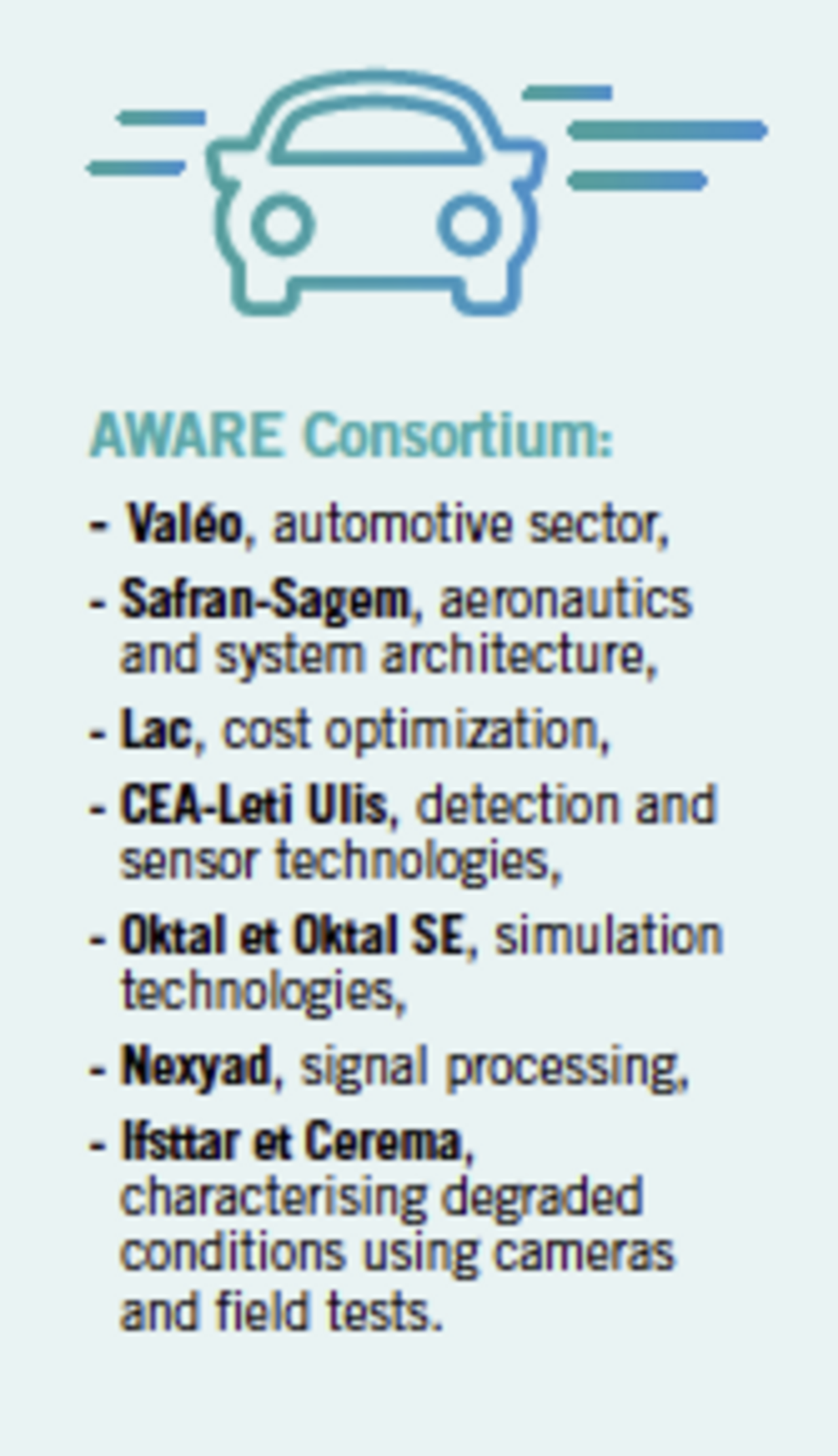
Future-oriented workshop on automated mobility
Launched by the Ministry for an Ecological and Solidary Transition, this future-oriented workshop aims to tackle "autonomous mobility" with a broad, interdisciplinary, cross-sectoral approach, following a systems approach that will be organised around three areas: changes to society and lifestyles, changes to areas and changes to mobility.
This is the framework within which IFSTTAR, one of the instigators of the initiative, is beginning to conduct research. The Workshop sets up productive collaborative processes that will provide input for regular meetings. A first demonstration took place on 2 May 2017. It made it possible to lay the foundations for collective, long-term work.
Find out more...
Future-oriented workshop on automated mobility
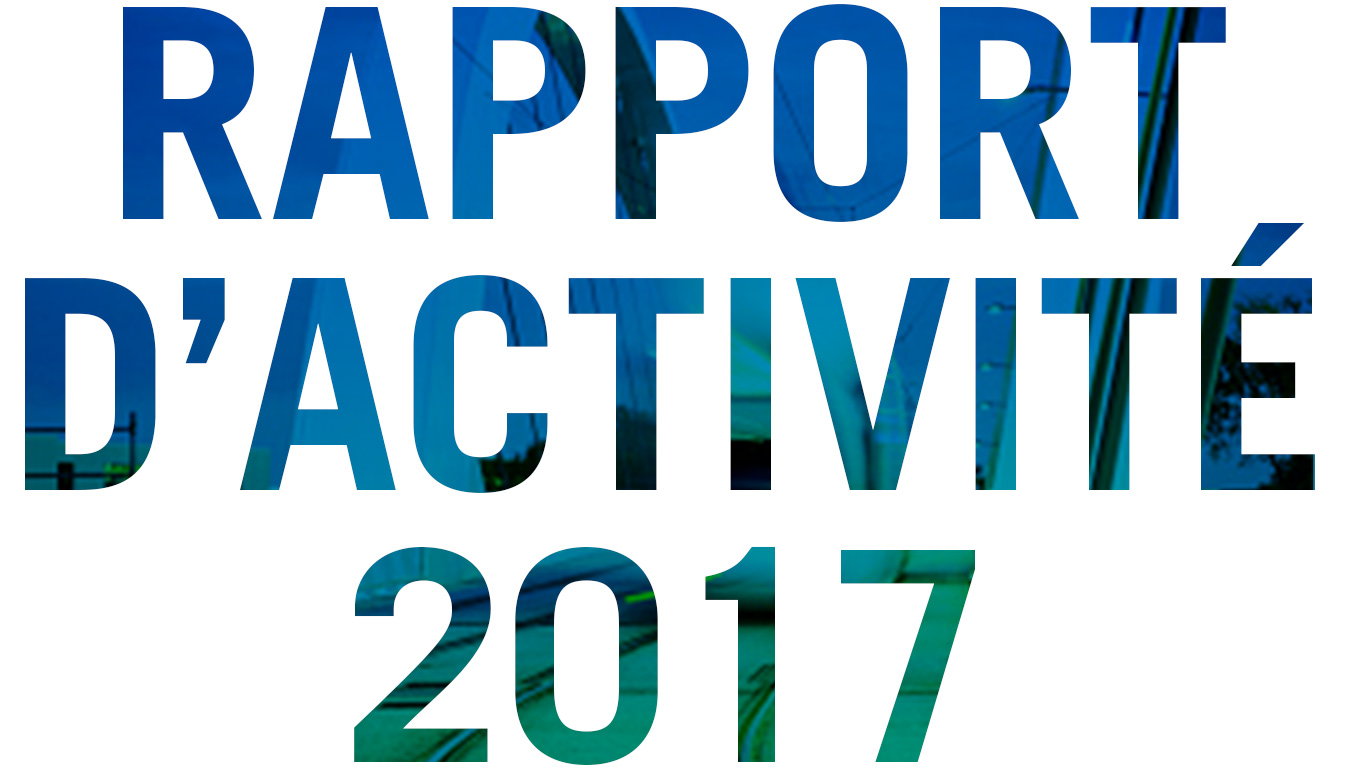
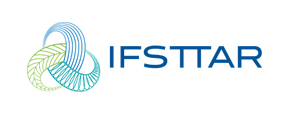
![[Translate to Anglais:] ESSAN2017 [Translate to Anglais:] ESSAN2017_img](/fileadmin/_processed_/a/e/csm_ESANN20171_34ed858540.jpg)
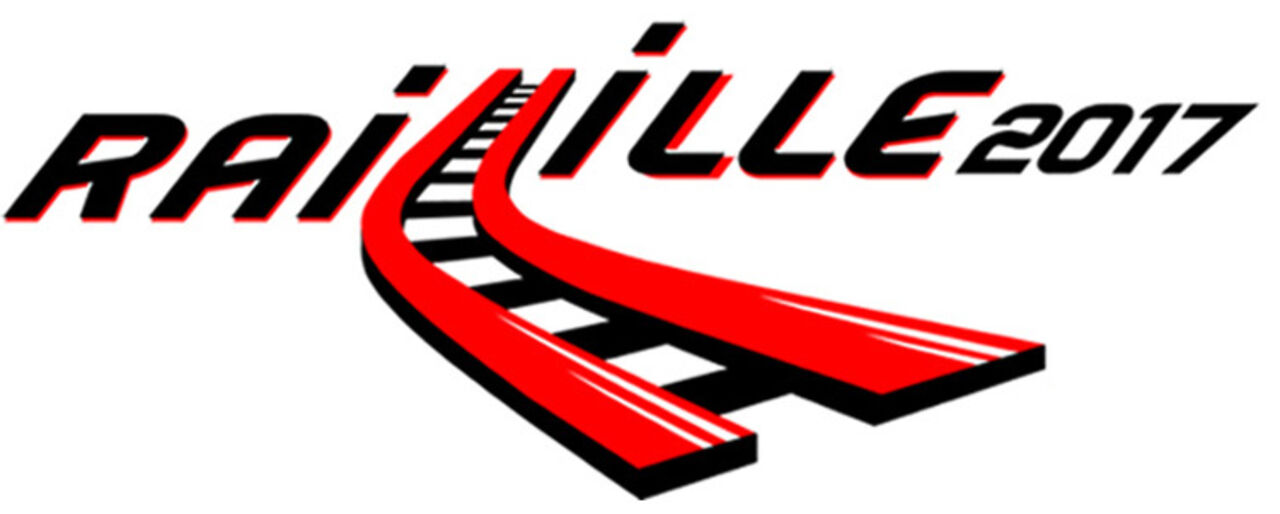
![[Translate to Anglais:] Atelier prospectif robomobilité [Translate to Anglais:] Atelier prospectif robomobilité_img](/fileadmin/_processed_/1/5/csm_LogoAPVieRobomobile_1_3925bcc54a.png)